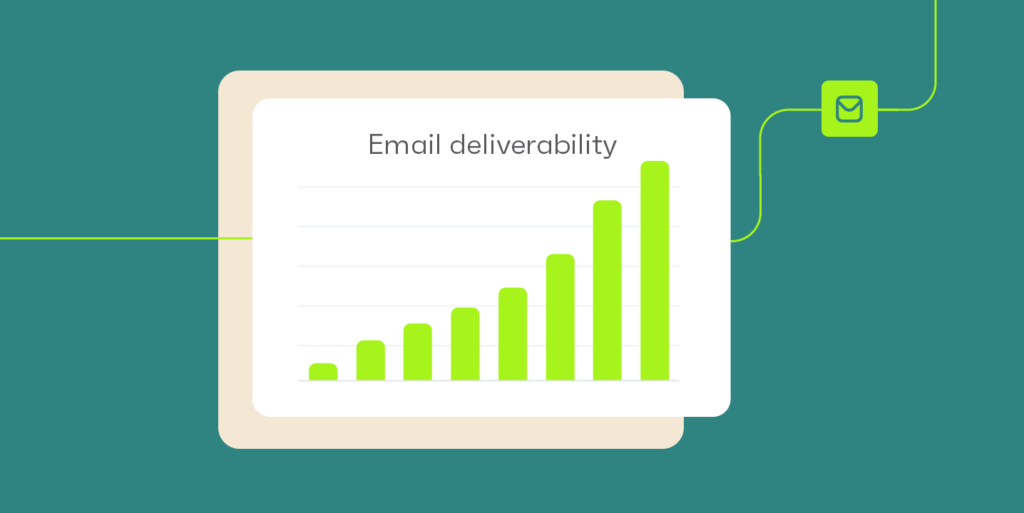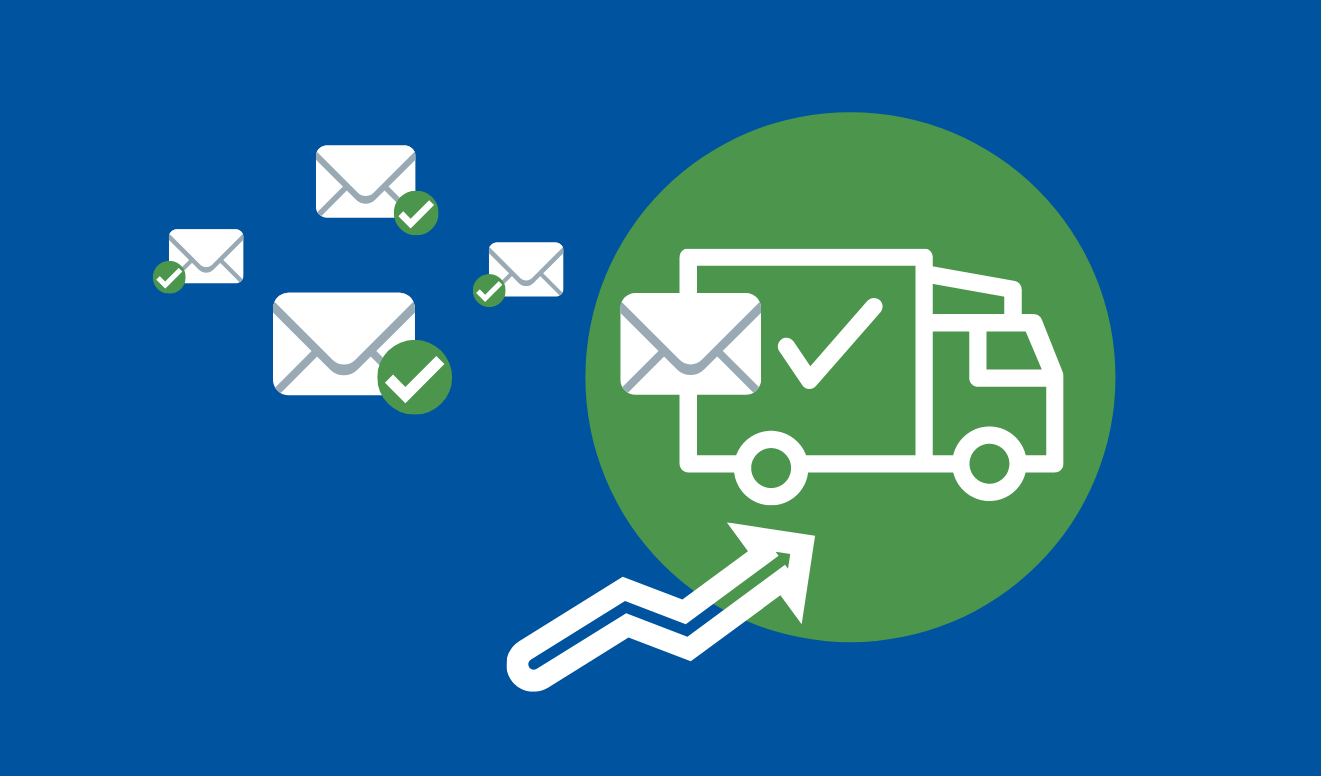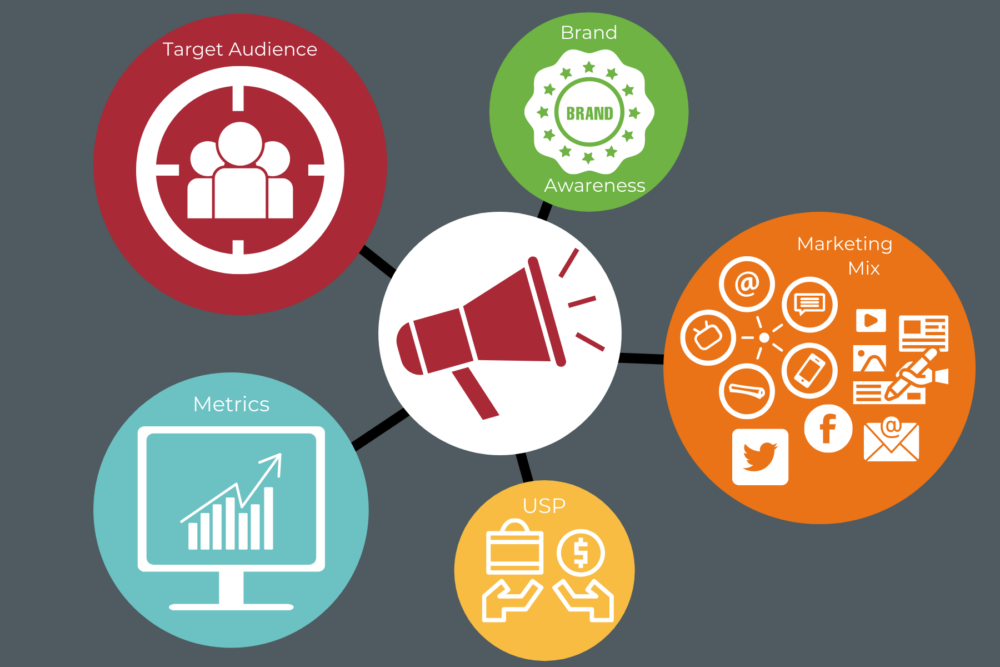Want to bolster your email marketing efforts? You need to understand email deliverability. It’s the key to making sure your messages reach the right inboxes — and that those inboxes open and click.
In this blog, we’ll explore what email deliverability is, why it matters, and how you can ensure your emails make it through.

What is email deliverability?
Email deliverability is the process of sending emails to recipients’ inboxes instead of their spam or junk folders. It is important for businesses and organizations to understand how to properly manage their email infrastructure in order to ensure their emails reach customers, clients, and other interested parties. To learn more about improving email deliverability, businesses and organizations can check this page for tips and best practices.
The most important factors when improving email deliverability are authentication methods – such as SPF and DKIM records – list hygiene and maintenance practices, content relevancy (including avoiding any blacklisted words), subscriber engagement, IP reputation management, following the guidelines of the major ISPs (Microsoft’s Smart Network Data Services (SNDS) and Google’s Postmaster Tools). Additionally, sending only high-quality content as often as possible is a great way to reduce bounces due to invalid addresses or typos in users’ email domains.

What are some best practices for email deliverability?
To ensure that your emails are delivered to their intended recipients, it is important to follow email deliverability best practices. Here are some of the key steps you can take to improve your email deliverability:
- Use a reliable email service provider: Using a trusted email service provider, such as Amazon SES or MailChimp, will ensure that your emails are more likely to be successfully delivered than if you attempted to send them directly from an unknown source. These companies have extensive experience in developing and maintaining robust network infrastructure, meaning they can handle large amounts of demand and increased traffic without compromising performance or reliability.
- Use authentication protocols: Authentication protocols help protect your domain name from being spoofed by spammers and scammers. Authentication such as SPF and DKIM verifies that the domain used for sending emails actually belongs to you, and prevents hackers from using it for malicious purposes.
- Monitor bounced emails: Pay close attention to any bounced emails you receive so you can identify issues quickly and take action. Be sure to investigate the type of delivery failure (e.g., soft bounce vs hard bounce) so you know how best to address it—with a hard bounce, be sure to collect new subscription information via a web form or another means before attempting re-delivery since there is no guarantee of success with an out-of-date address; in the case of a soft bounce issue (e.g., related to message size), it may be more feasible for you to safely attempt redelivery after making appropriate adjustments (e.g., reducing the size/attachment count).
- Monitor & Manage complaints: Make sure any complaints reported by recipients are tracked closely through analytics & metrics dashboards so any meaningful trends can proactively be identified quickly; depending on precise evidence available here, necessary steps—such as changing content strategies—can then be taken if required– this will ultimately help build stronger relationships with existing contacts over time by validating trust is being maintained at all times between both parties involved.

Conclusion
In conclusion, email deliverability is of paramount importance to any online marketing or communication effort. If the messages you are sending are not reaching your target audience in the appropriate numbers, then your strategies will not be effective.





